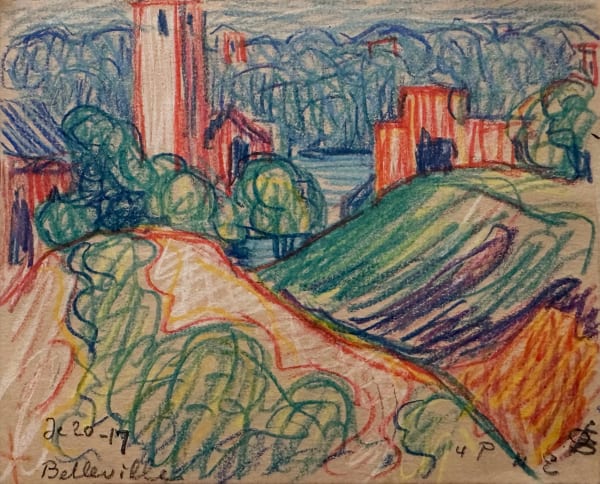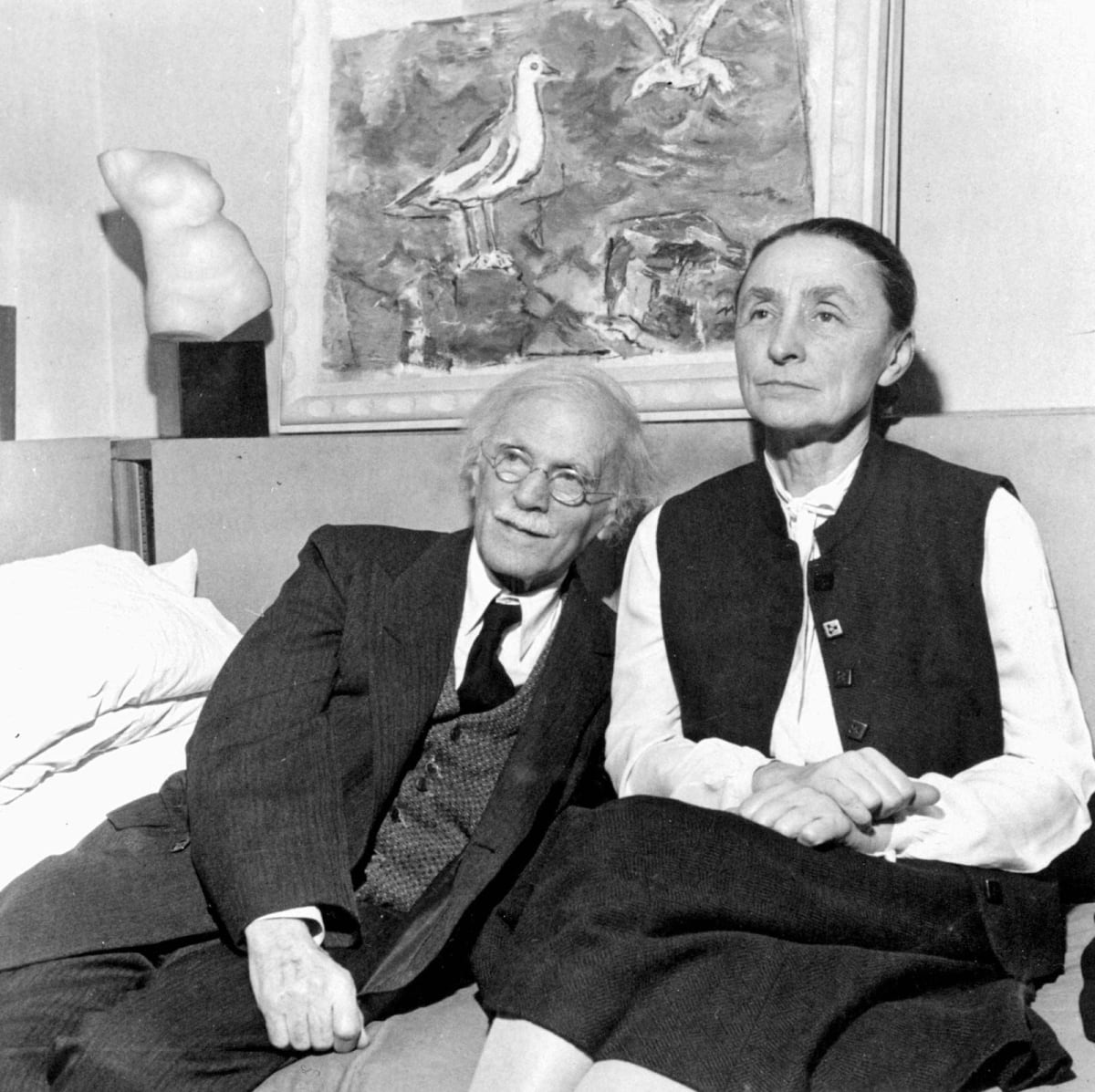"Look at my work the way you would listen to music, look at the space filled with colors and try to feel; do not insist on 'understanding' what seems strange.....When you 'FEEL' colors, you will understand the 'WHY' of their forms. It is so simple."
- Oscar Bluemner
Oscar Bluemner was a modernist painter championed by Alfred Stieglitz. He is admired for his attention to bold colour and his hauntingly stark depictions of everyday landscapes, the suburban sprawls, the farmlands and the factories of America.
Born in Germany in 1867, Bluemner belonged to a family of architects. He was a sensitive, artistic child, receiving formal art lessons from the age of 9, showing early promise. He pursued his studies of art at the Royal Academy of Design in Berlin. However, just before his graduation, he switched to architecture. In 1892, feeling a dissatisfaction with the conservative climate, Bluemner immigrated to New York to avoid being drafted.
His works are often dominated by symbols of the moon, the sun and an attraction to vibrant colours, notably reds, Bluemner’s works are drenched in vivid saturation. This bold palette was influenced by his in-depth studies of colour theory, while working as a young architect and regularly frequenting galleries in New York.
His wife, Lina, was an amateur pianist and music played a significant role in his life. Bluemner urged viewers to experience his work in a way that was similar to how one hears music, with emotive responses rather than with analytical understanding.
Bluemner’s contribution to the American modernist movement was less recognised than his peers. His life was defined in many ways by turmoil. A result of both his unfortunate circumstances and his depressive disposition. In 1923 his mother died of starvation, two years after his wife passed away, later he was hit by an automobile. Perceiving himself as an outsider and finding limited success during his lifetime, his melancholic nature and harrowing sequence of events ultimately led him to despair. He took an interest in philiosophy taking comfort in Nietzsches existentialism. In 1938, after suffering with illness and losing his eyesight, Bluemner took his own life.
Today, Bluemner’s work is increasingly championed. His interest in the connection humanity has with nature is relevant today as we consider his intention to disrupt the divisions between the self and the natural and emotional world. Bluemner’s vibrant works, defined by his use of colour and subject matter of everyday American landscapes, bring into question perceptions of man and nature as separate.





